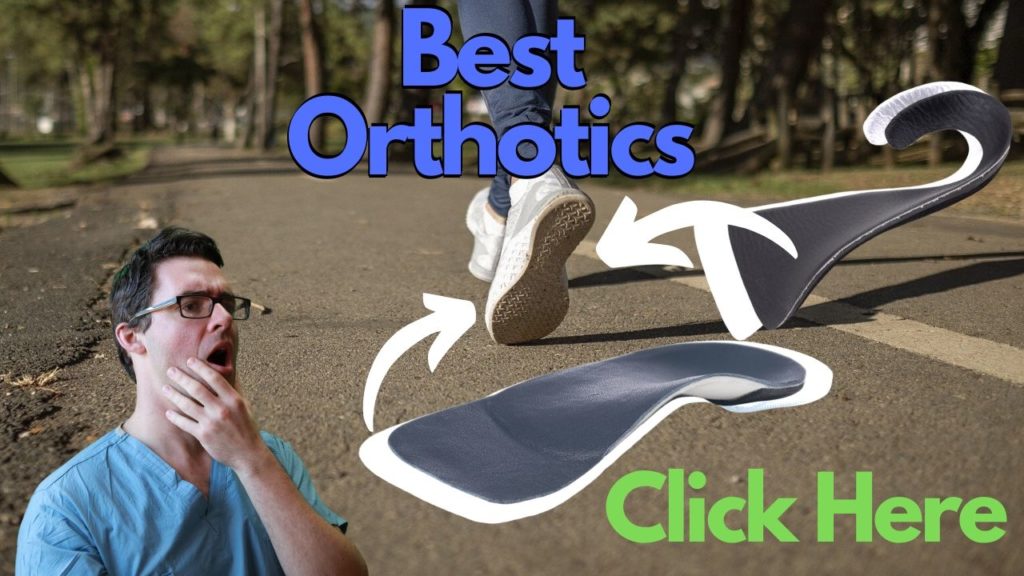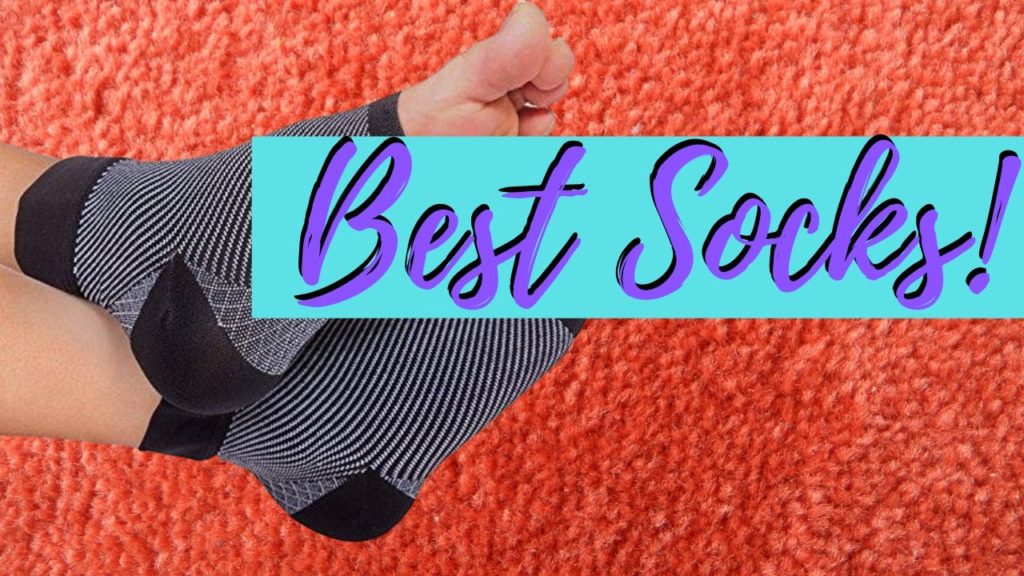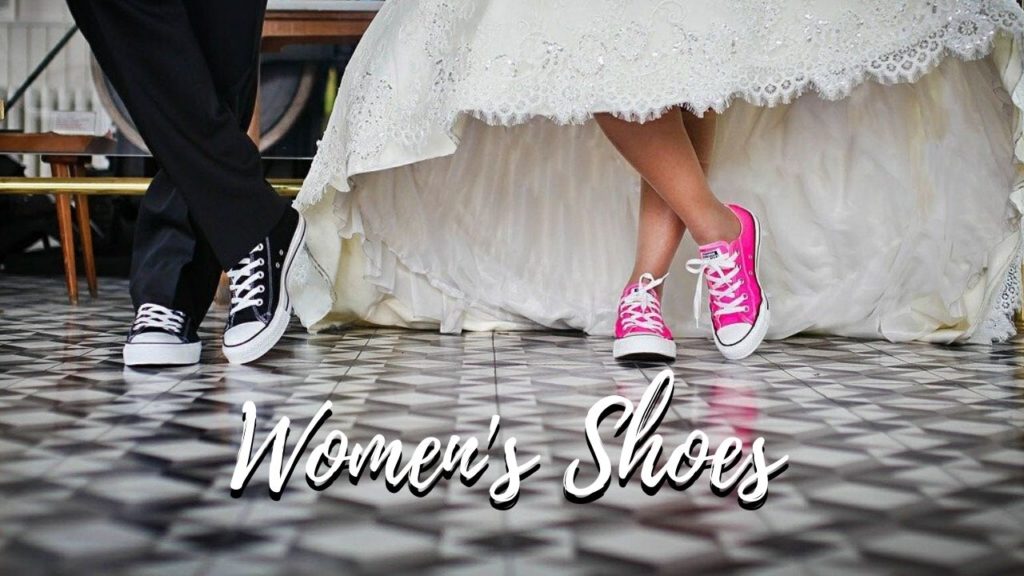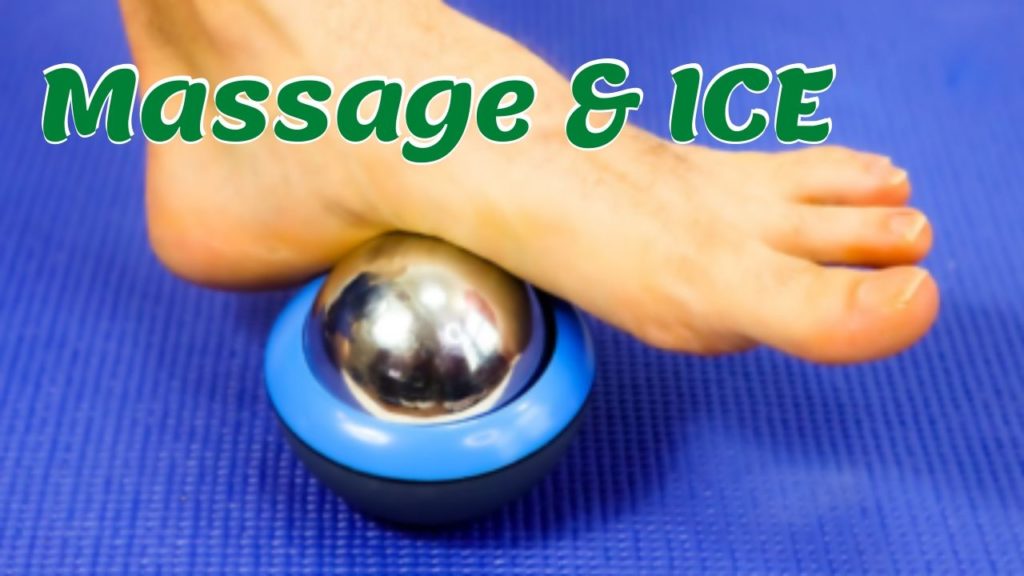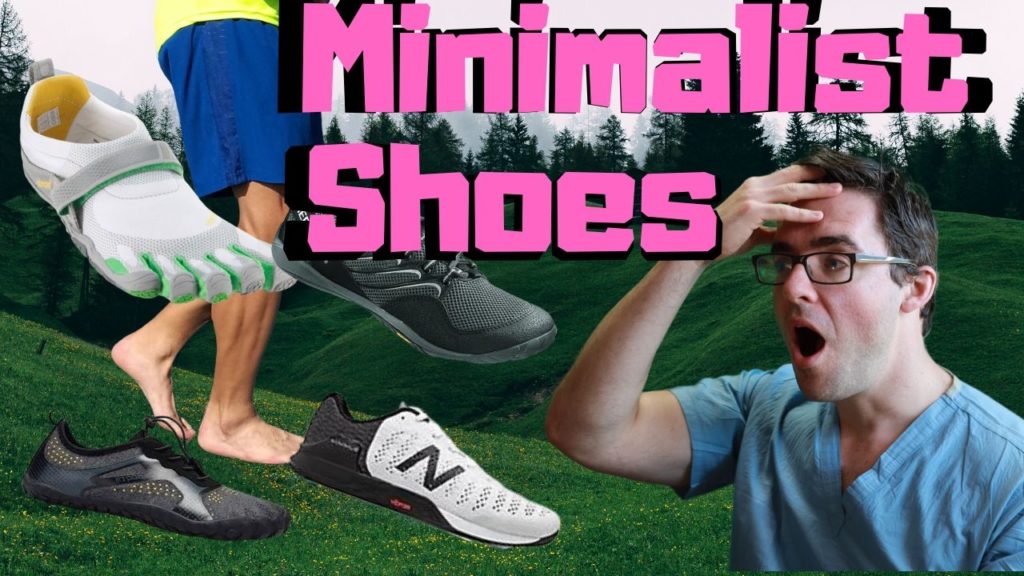Hard Spot on the Bottom of the Foot [Causes & Best Home Treatment!]
95% of the time, a hard spot on the bottom of the foot is the following: a corn or callus, a wart, a plantar fibroma, a foot lesion, or plantar fasciitis!
Table of Contents
Causes of Hard spot pain:
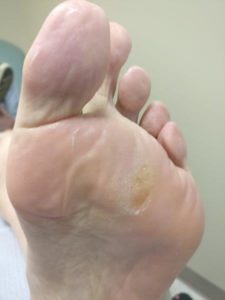
- Callous formations create unwanted pressure on the affected area.
- Very thick callouses may feel like you have a rock or hard object on your foot.
- Another hard spot on the bottom of the foot could be a wart.
- Warts also thicken and can cause discomfort if not treated. Along the bottom of your foot runs the plantar fascia.
- These tissues connect your heel to your toes and, in some cases, forms a growth called a fibroma.
- This growth in the plantar fascia can be very painful.
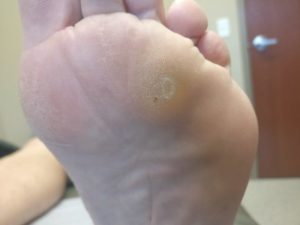
Symptoms of a hard spot on the bottom of the foot pain:
Symptoms can include:
- Numbness, burning, or tingling.
- Pain can be worse in the morning when you get up.
- Pain can be worst in the evening.
These are the top 3 causes of a hard spot on the bottom of the foot pain:
- Callous.
- Wart.
- Fibroma.
Home Treatment of Bottom of the Foot Hard Spots:
- If you have a callous, you can Shave or file it down.
- It is important not to remove a lot of tissue at once, not to cause a wound or infection.
- Shaving this lump should not be done at home if you have health conditions such as neuropathy or diabetes.
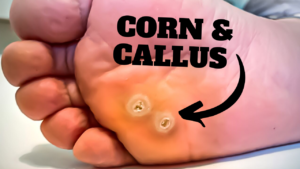
Who can help with hard spots on the bottom of the foot?
- Instead, have your feet examined by a podiatrist.
- A podiatrist should also see warts and fibromas to ensure the best treatment.
- Depending on the wart, your doctor would recommend the best technique and medication to remove the wart.
- Fibroma pain can be relieved with proper footwear such as orthotics in your shoes to give great arch support.
- If you still have pain, even with orthotics, steroid injections can help not only ease the pain but can even shrink the fibroma in size.
- Wart, corn, or plantar fibroma Minimally Invasive Surgery may be required in more difficult situations.
Summary of the bottom of the foot hard spots:
- Callous, warts, and fibromas are the most common causes for having a hard spot on the bottom of your foot.
- It is highly recommended to seek out your podiatrist if you experience any foot pain.
- Your podiatrist will help you get to the cause of the problem and a solution as soon as possible.
6 Common Causes of Heel Pain:
1) Plantar fasciitis is the most common one:
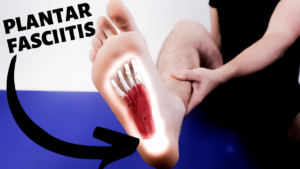
- It is said that 10-40% of people in the world will have chronic heel pain.
- 93% of that is said to be plantar fasciitis.
- This is the most common cause of heel pain in the world.
- It is said that 44% of all foot clinic visits are related to a combination of plantar fasciitis.
- If you have a bottom of the foot and heel pain during the morning, this is likely plantar fasciitis!
- This usually gets better after 10-20 morning steps but then hurts the next morning.
2) Achilles Tendinitis & Back of the Heel Pain:
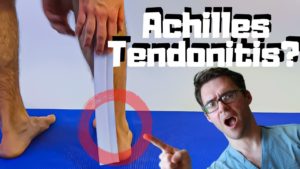
- This is the most common cause of pain in the back of the heel. It is possible to develop heel spur and rest soreness at the site of the Achilles tendon inserts.
- It is also possible to have it about 2 to 6 cm above the heel bone (Called the middle of the Achilles tendon pain).
- It is also possible to strain the actual calf muscle, but it is not Achilles tendinitis, not heel pain.
- This is perhaps the most important ended in the body in terms of bearing weight.
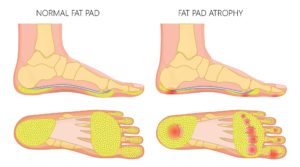
- Common in older people common and those who have had steroid injections, it is thought that he can start at 40, but it does continue later in life.
- We see this most commonly in much older people such as the 60s, 70s, 80s, and higher.
- If you are younger, it is doubtful that this is your problem.
- This is usually achy, burning pain that gets worse during the day.
- This is a widespread condition that we see overall, and it does need to be treated effectively!
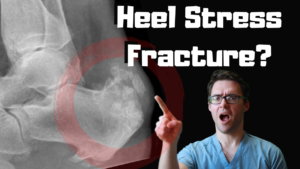
- This is increased pain while you are bearing weight.
- These are typical during running sports and repetitive shocked heels.
- It is tested by checking side to side squeeze of the heel bone.
- The calcaneal squeeze test is critical in confirming that heel stress fracture.
- Click on the above link to make sure this is not your problem!
5) Radiculopathy (Back Pain):
- If you have ever had a back injury or nerve injury to your spine, you may have radiculopathy pain.
- This can cause numbness, burning, and tingling-type pain.
- We see this very commonly in people who have soreness and pain in both feet.
- If you have a prior back injury or surgery, this may be your problem.
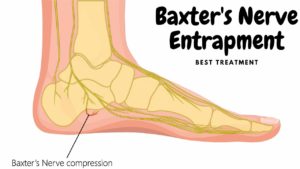
- Baxter’s nerve compression and entrapment is not the most common cause of heel nerve pain.
- Some sources even say Baxter’s nerve compression can be involved in up to 20% of heel pain cases!
- This can result in more nighttime pain, as well as pain during rest.
- If you have numbness, burning, and tingling, it may be Baxter’s pinched nerve in the heel!
